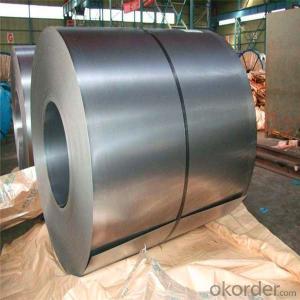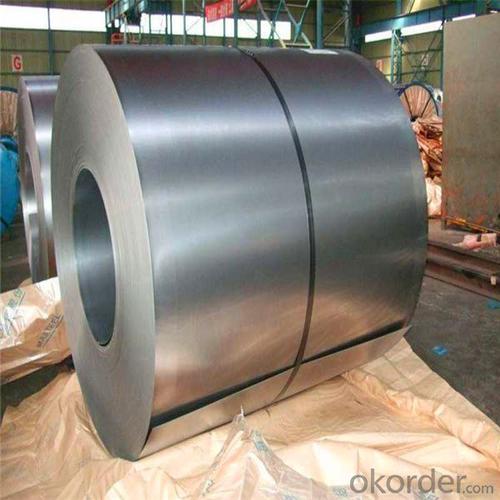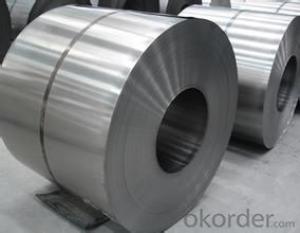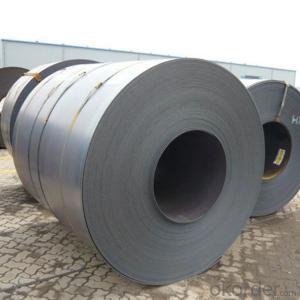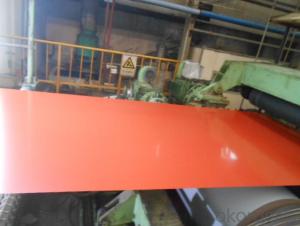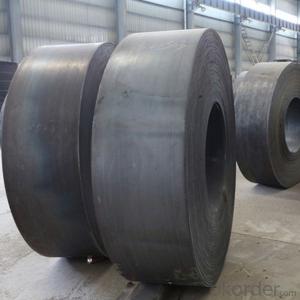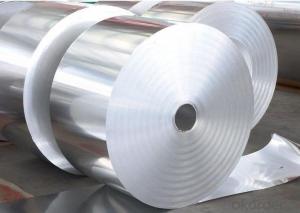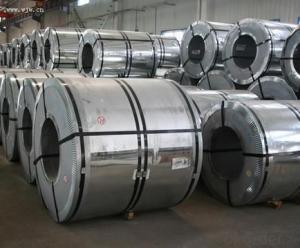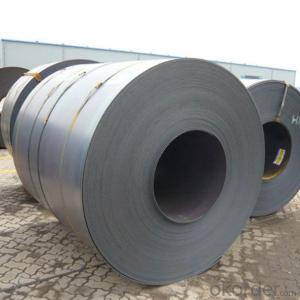Hot Rolled Stainless Steel Coil Made in China
- Loading Port:
- China main port
- Payment Terms:
- TT OR LC
- Min Order Qty:
- 23 m.t.
- Supply Capability:
- 50000 m.t./month
OKorder Service Pledge
OKorder Financial Service
You Might Also Like
Specification
Product Description
Specifications of Stainless Steel Coil:
| commodity | 304 Stainless Steel Coil | ||||||||
| Width | 100mm to 2500mm or customized | ||||||||
| Thickness | 0.3mm-80mmor as customer's request | ||||||||
| surface | 2b, Ba, No. 1, No. 8, 8k, Mirror | ||||||||
| material | 201 202 304 301 302 321 347H 316 316L 309 310 430etc | ||||||||
| grade | 200/300/400 series | ||||||||
| standards | AISI ASTM JIS SUS and GB | ||||||||
| certifications | ISO 9001 SGS BV | ||||||||
| applications | Kitchenware, utensils, tableware, household appliances, construction decoration and daily products | ||||||||
| packing | Seaworthy wooden pallet or according to client's requirement | ||||||||
| Place of origin | Shanxi China (mainland) | ||||||||
| Payment terms | L/C or T/T | ||||||||
| Delivery time | Up to order quantity | ||||||||
Product Picture
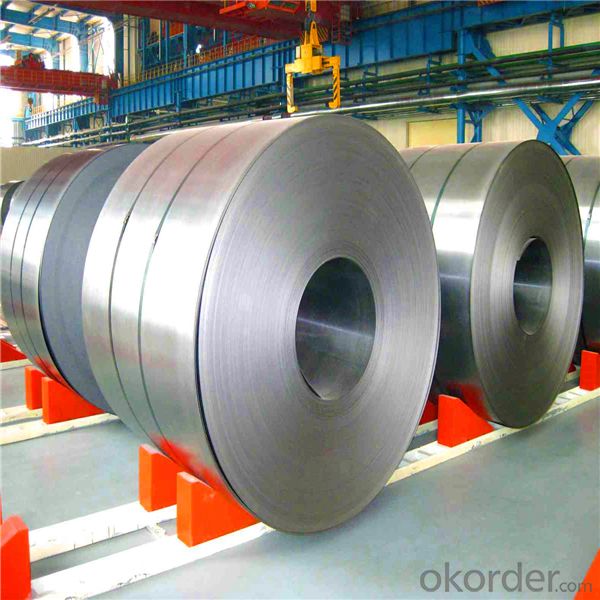
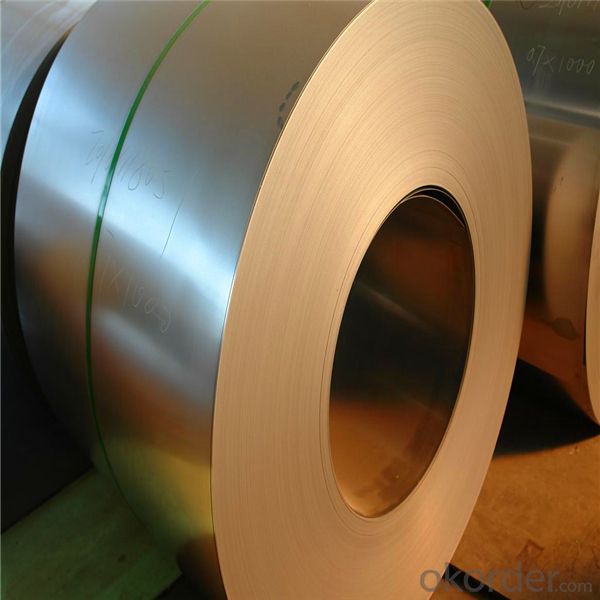
Production Process
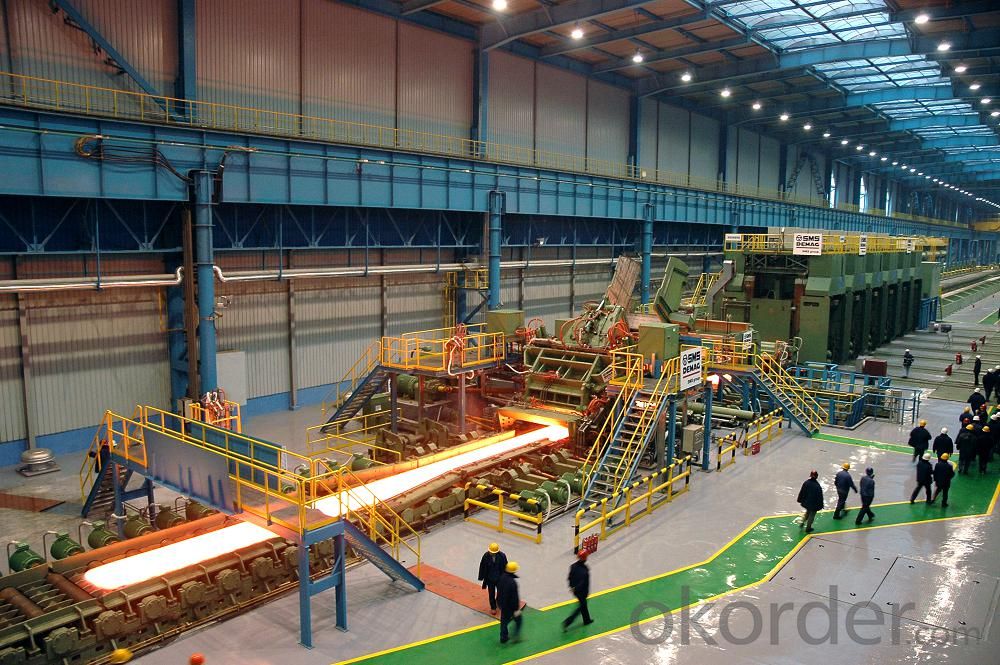
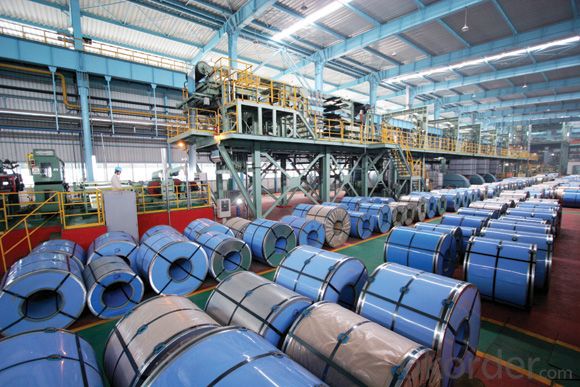
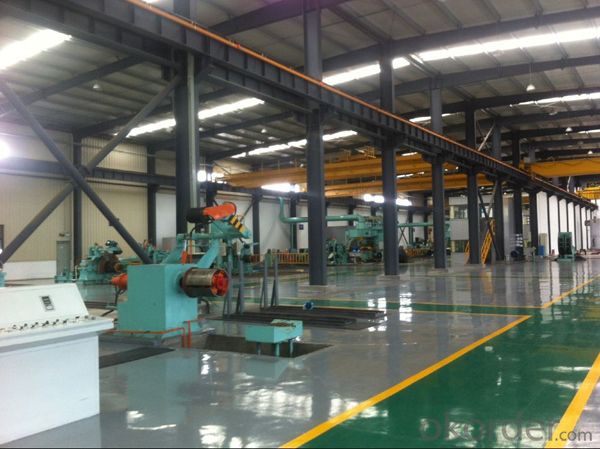
FAQ:
1. Q: What's the MOQ?
A: Our MOQ is 25mt.
2. Q: What's the delivery time?
A: It will take about 30 days after TT or L/C.
3. Q: What is the payment terms?
A: T/T, L/C at sight
4. Q: How does your factory carry out quality control?
A: We attach great importance to quality control.Every part of our products has its own QC.
5. Q: What certificate do you have?
A: We have SGS, ISO9001 etc. Also we can apply any certificate if you need if the qty is OK.
- Q: What are the dimensions of steel coils used in the storage tank industry?
- Steel coils used in the storage tank industry come in various dimensions, depending on the specific requirements of the tank being manufactured. Generally, these coils are available in different sizes and thicknesses. The width of the steel coils can range from approximately 600 millimeters to 2,400 millimeters. Similarly, the length can vary from a few meters to tens of meters. The thickness of the coils can also differ, typically ranging from 1.5 millimeters to 10 millimeters or more. Factors such as the size and capacity of the storage tank, the material being stored, and the structural requirements of the tank determine these dimensions. Consequently, the tank manufacturer or designer would determine the specific dimensions for a given storage tank project, following industry standards and project specifications.
- Q: I want to purchase steel for construction purpose, What aspects should I keep in mind while deciding that which company should I contact for this?
- I okorder /
- Q: On how to reinforce steel coils in a container
- In the bottom and sides with a thick strip stuck, but also to ensure that the wood will not loosen down...... Rough steel rolls, I saw people loading and unloading on the docks, poked them directly with a small forklift truck, and then reinforced with wooden planks
- Q: What are the common defects in steel coil surface finishes?
- Common defects in steel coil surface finishes include scratches, pits, roll marks, stains, and unevenness. These defects can be caused by various factors such as improper handling, processing issues, or equipment malfunction. These surface defects affect the aesthetics and quality of the steel coil, making it unsuitable for certain applications or requiring additional processing to rectify the defects.
- Q: What are the different methods of testing the mechanical properties of steel coils?
- Testing the mechanical properties of steel coils can be done through various methods, which play a critical role in determining the steel's strength, ductility, and overall quality. Some commonly employed techniques include the following: 1. Tensile testing: This method involves applying a force to a steel coil until it breaks. It measures the maximum stress the material can endure before fracturing, as well as its elongation and reduction in cross-sectional area. Tensile testing provides valuable information about the coil's ultimate tensile strength, yield strength, and elongation. 2. Hardness testing: This test determines a material's resistance to indentation or scratching. Multiple methods, such as Brinell, Vickers, and Rockwell hardness tests, can be employed to measure the hardness of steel coils. These tests offer insights into the steel's ability to resist deformation and wear. 3. Bend testing: Bend testing involves subjecting a steel coil to controlled bending until it reaches a specific angle or a crack appears. This test evaluates the coil's ductility, flexibility, and its resistance to cracking or fracturing under bending stress. 4. Impact testing: Impact testing gauges a steel coil's capacity to absorb energy when exposed to sudden shocks or impacts. The Charpy impact test is the most commonly used method, wherein a notched specimen is struck by a pendulum hammer, and the energy absorbed during fracture is measured. This test assesses the coil's toughness and resistance to brittle fracture. 5. Fatigue testing: Fatigue testing entails subjecting a steel coil to repeated or cyclic loading to simulate the stresses it may experience during its intended use. This test evaluates the coil's ability to withstand repeated stress over an extended period and its resistance to fatigue failure. 6. Ultrasonic testing: Ultrasonic testing utilizes high-frequency sound waves to detect defects or flaws within the steel coil. This non-destructive testing method can identify internal or surface defects like cracks, voids, or inclusions that may impact the steel's mechanical properties. It is worth noting that these testing methods typically adhere to industry standards and specifications, such as those set by ASTM (American Society for Testing and Materials) or ISO (International Organization for Standardization). This ensures the accuracy and reliability of the results obtained.
- Q: What are the different types of steel coil edge conditioning methods?
- There are several different types of steel coil edge conditioning methods, including slitting, trimming, deburring, chamfering, and edge rolling.
- Q: case hardening steel is adviced or thru hardening steel is most suitable?
- I don't know your application, but here is some advice. Case hard provides a hard shell around soft steel, depending on the bake, the case is usually .002-.008 thick. (thousands of an inch) Heat treated steel or tool steel is hard all the way thru. Case hardening, provides toughness with flexibility, however, once it's compromised, the part is scrap. Hardend tool steel is extreemly hard throughout and the harder it is, the more brittle it becomes. The application of the part will help you to determine the material needed. For instance; Plastic injection molds are very hard so the hot plastic wont erode them over years of use. Punch Press dies aren't as hard but are tougher to withstand the shock. Machine bolts are case hardened so they can last, but soft enough to allow some stretching during tightening. Either way, the time in mfg will be about the same. Most tool steels today cut like cheese, but take time to be heat treated. Tool steel will cost a bit more than low carbon steel. Low carbon steel is as machinable, and cheaper, but, again, the baking period is as long or longer than tool steel. There are a lot of materials on the market today that maintain the durability of heatreated steel without having to go thru that process. 4140, ( or chrome/moly) comes to mind. There are also some 400 series stainless that work as well, and others. You need to determine strength, flexibility, ease of mfg, cost and repairability when considering which steel to use.
- Q: How are steel coils used in the production of metal roofing panels?
- Steel coils are a critical component in the production of metal roofing panels. These coils, which are rolled sheets of steel, play a crucial role in shaping and forming the panels. To start with, the steel coils are unwound and fed into a machine called a roll former. This machine uses a series of rollers and dies to gradually shape and bend the steel into the desired profile of the metal roofing panel. The coils pass through these rollers, which apply pressure and force to mold the steel into the required shape and size. Once the metal has been formed into panels, it may undergo additional processes to enhance its durability and appearance. This can include galvanizing or coating the panels with various protective layers to prevent corrosion and improve weather resistance. These additional steps help to ensure that the metal roofing panels are able to withstand harsh environmental conditions and provide long-lasting performance. Steel coils are preferred in the production of metal roofing panels due to their strength and durability. Steel is known for its exceptional strength-to-weight ratio, making it a suitable material for roofing applications. Additionally, steel is highly resistant to various weather conditions, including high winds, heavy rains, and extreme temperatures. This makes it an ideal choice for roofing panels that need to withstand the elements and provide reliable protection for buildings. Overall, steel coils are an essential component in the manufacturing process of metal roofing panels. They are used to shape and form the panels, which are then further processed to enhance their durability. The use of steel in these panels ensures that they can withstand harsh weather conditions and provide long-lasting performance for residential, commercial, and industrial buildings.
- Q: I need to know what steel's weakness is.
- Steel is weak to fire, fighting, and ground. Electric and water are neutral damage; everything else is resisted - assuming you're fighting a pure steel type.
- Q: What is the process of recycling steel coils?
- The process of recycling steel coils involves several steps. First, the steel coils are collected from various sources, such as manufacturing and construction sites. Next, the coils are transported to a recycling facility where they undergo a thorough inspection and sorting process. The coils are then cleaned to remove any contaminants or impurities. After cleaning, the steel coils are shredded into smaller pieces and melted down in a furnace. The molten steel is then molded into new coils or other steel products. Finally, the recycled steel coils are tested for quality and can be used in various industries, reducing the need for new steel production and minimizing waste.
Send your message to us
Hot Rolled Stainless Steel Coil Made in China
- Loading Port:
- China main port
- Payment Terms:
- TT OR LC
- Min Order Qty:
- 23 m.t.
- Supply Capability:
- 50000 m.t./month
OKorder Service Pledge
OKorder Financial Service
Similar products
Hot products
Hot Searches
Related keywords
